6 februari 2024 – Leiden, the Netherlands
Capturing the Essence
Art, in its myriad forms, has the profound ability to encapsulate the depth of human emotion and the subtlety of fleeting moments. This blog delves into the captivating world of photography, sculptures, and AI art, exploring how each medium uniquely captures the essence of emotion and the narratives woven into the human form.
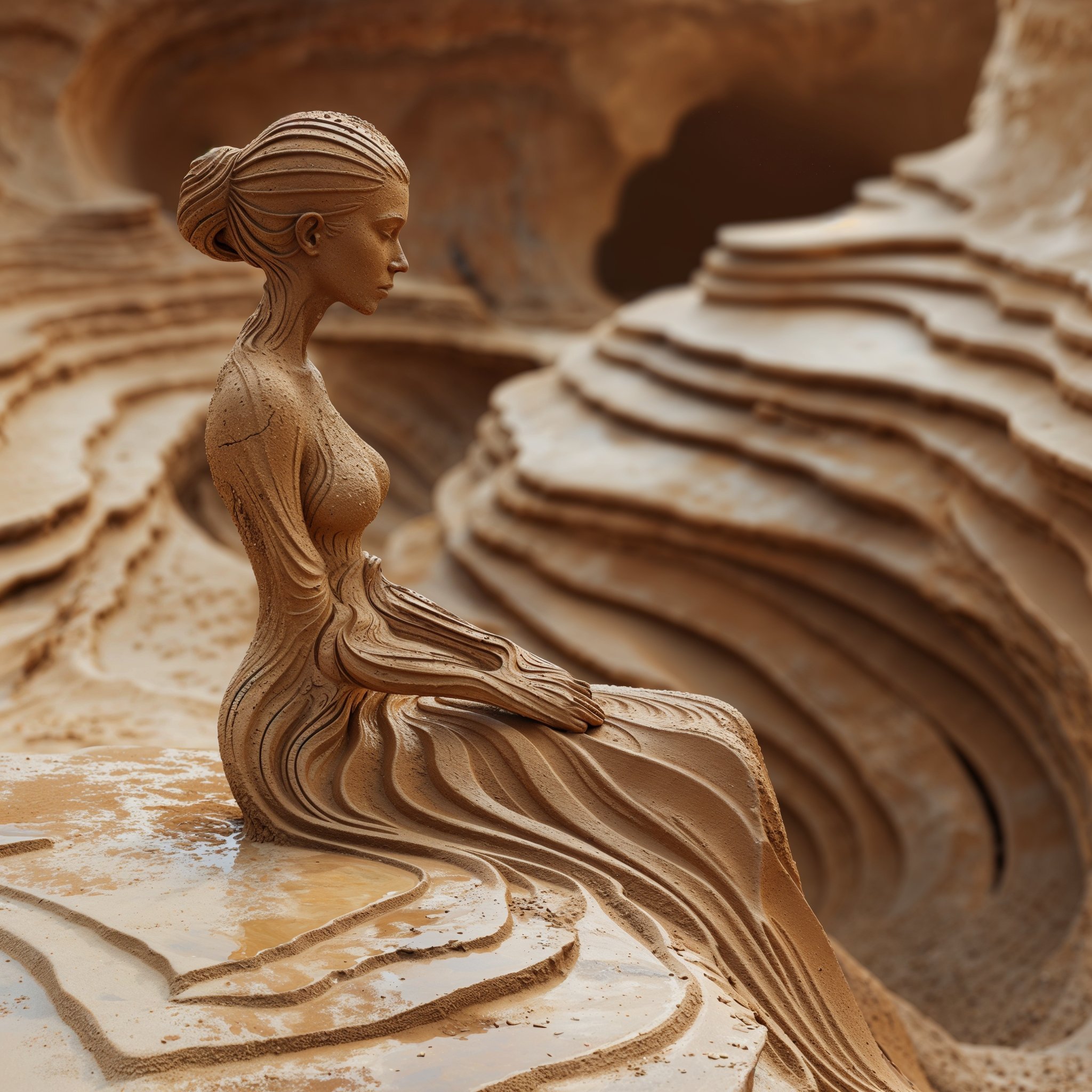
The Subtlety of Emotion
At the heart of my fascination lies the intricate challenge of capturing emotion—a task that demands not only technical skill but deep empathy and observation. The human face and form, in their complexity, convey emotions through nuances that are profoundly subtle yet universally understood. It’s these small differences—a slight tilt of the head, a gentle curve of the mouth, or the depth in one’s eyes—that bring a still image to life, telling stories without words.
A Journey Through Styles and Eras
My travels around the world have enriched my appreciation for the diverse approaches to capturing human expression. From the neoclassical statues adorning the parks of Paris to the distinctively styled Akhnaton statue in Egypt, and the intricate sculptures of Angkor Wat in Cambodia, each culture and era presents its own interpretation of the human condition. These artistic endeavors, rooted in their specific contexts, offer a window into the universal quest to immortalize emotion and moments in time.
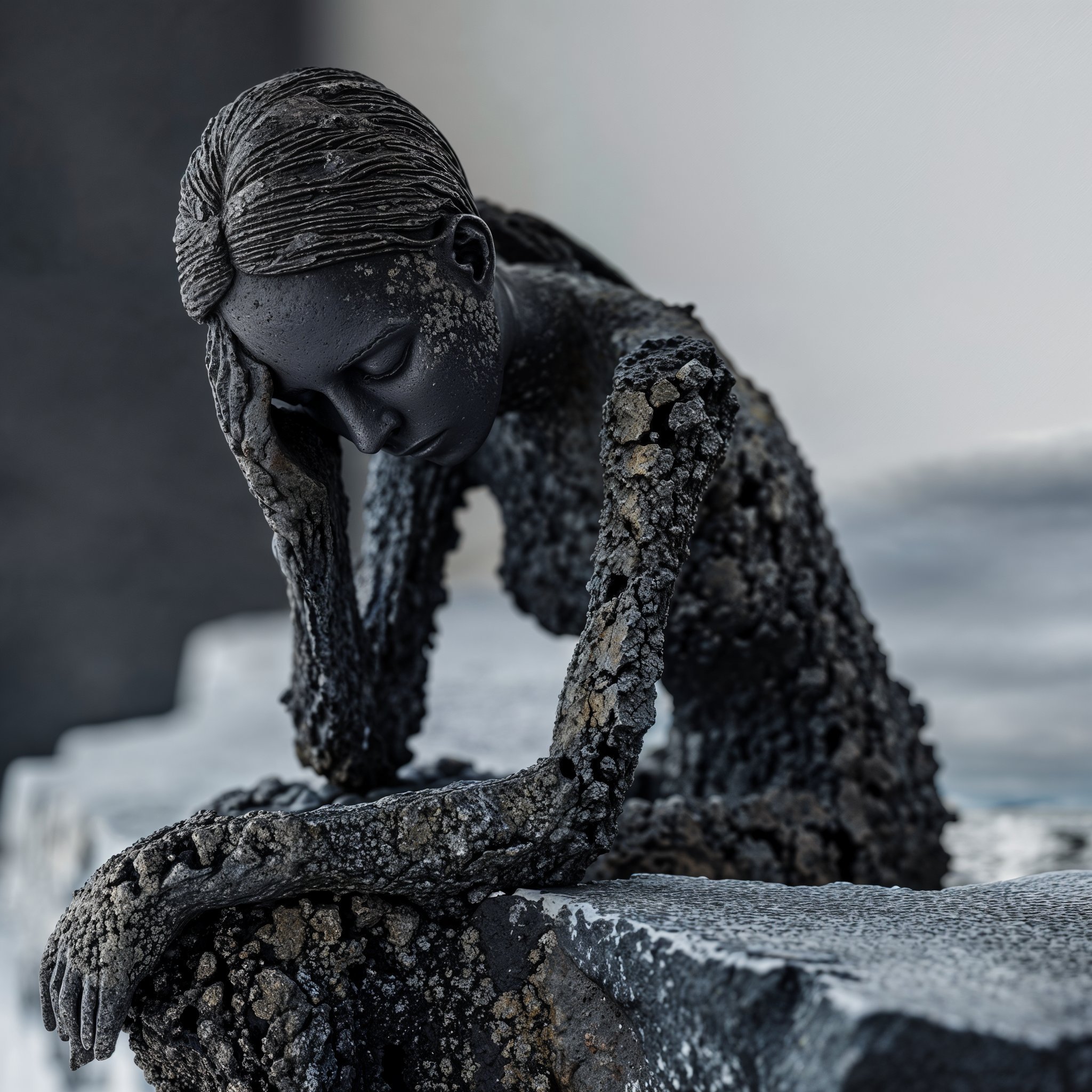
The Delicate Art of Sculpture
Sculptures and statues, in particular, have always amazed me with their capacity to capture and convey emotion through form. The precision with which artists render the human figure, focusing on every detail, allows these inanimate objects to embody the essence of life. The nuanced postures, the tension or relaxation in the limbs, and the expressiveness of facial features all contribute to a sculpture’s ability to evoke a profound emotional response from the viewer.
Personal Reflections on Iconic Artworks
While iconic works like the Mona Lisa have captivated many with their elusive expressions, my personal journey through art has led me to a diverse array of preferences. What intrigues me most are pieces that encapsulate serene or melancholic emotions, or those with a multi-layered meaning that leaves room for interpretation. It’s in the ambiguity, where the mouth’s expression contradicts the eyes’, that art truly engages the observer, inviting them into a dialogue with the piece.
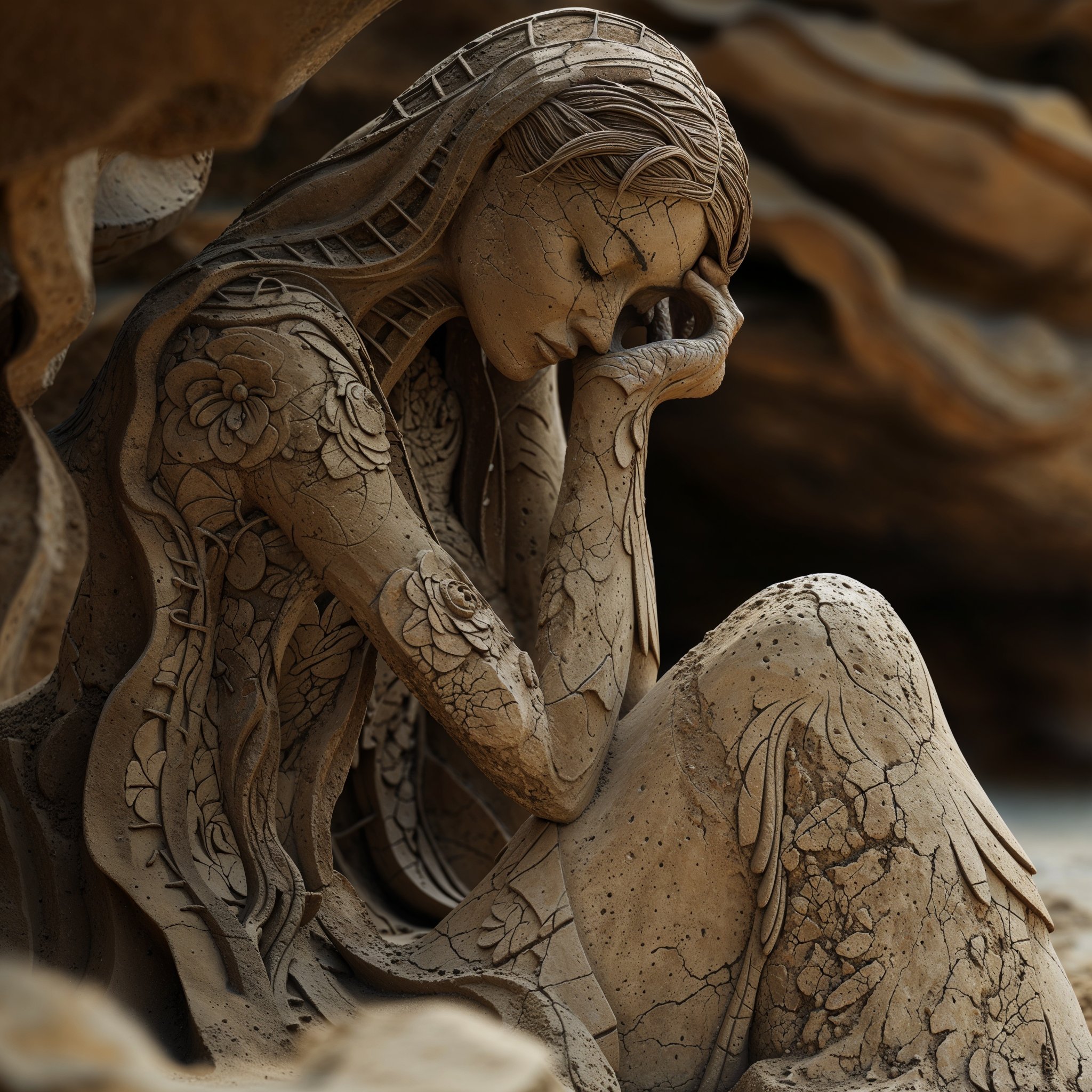
Exploring Emotion through AI Art
In recent years, my exploration has extended into the realm of AI art, where the potential to create statues or sculptures digitally has opened new avenues for experimentation. AI art allows for the manipulation of materials and forms in ways previously unimaginable, enabling the creation of artworks that capture complex emotions and ambiguous expressions. This medium, with its blend of technology and creativity, offers a contemporary approach to the age-old challenge of embodying emotion in art.
The Unending Quest for Expression
The endeavor to capture the essence of emotion and moments in still images, whether through photography, traditional sculpture, or AI-generated art, is an unending quest. It reflects our deep-seated desire to understand and convey the human experience, transcending language and culture. As I continue to explore this fascinating intersection of art and emotion, I am reminded of the power of art to connect us—to our own inner worlds and to each other—through the silent stories etched in stillness.
Navigating Copyright and Creativity
The discussion around AI art often veers into concerns about copyright and creativity. However, I believe that the essence of creativity transcends the relatively recent constructs of copyright. Historically, art has always been about inspiration and iteration, learning from and building upon the works of previous generations. The development of art through the ages—be it in techniques, perspectives, or the exploration of new themes—highlights a continuous dialogue between artists and their environment.
Copyright, while important for protecting commercial interests, should not stifle this creative dialogue. The AI’s ability to draw from a vast history of artistic expression and produce works that resonate with established principles of good composition and color use is a testament to the collective human achievement in art. It democratizes the ability to create, making artistic expression accessible to many who may not have the means or time to dedicate years to traditional study.
.


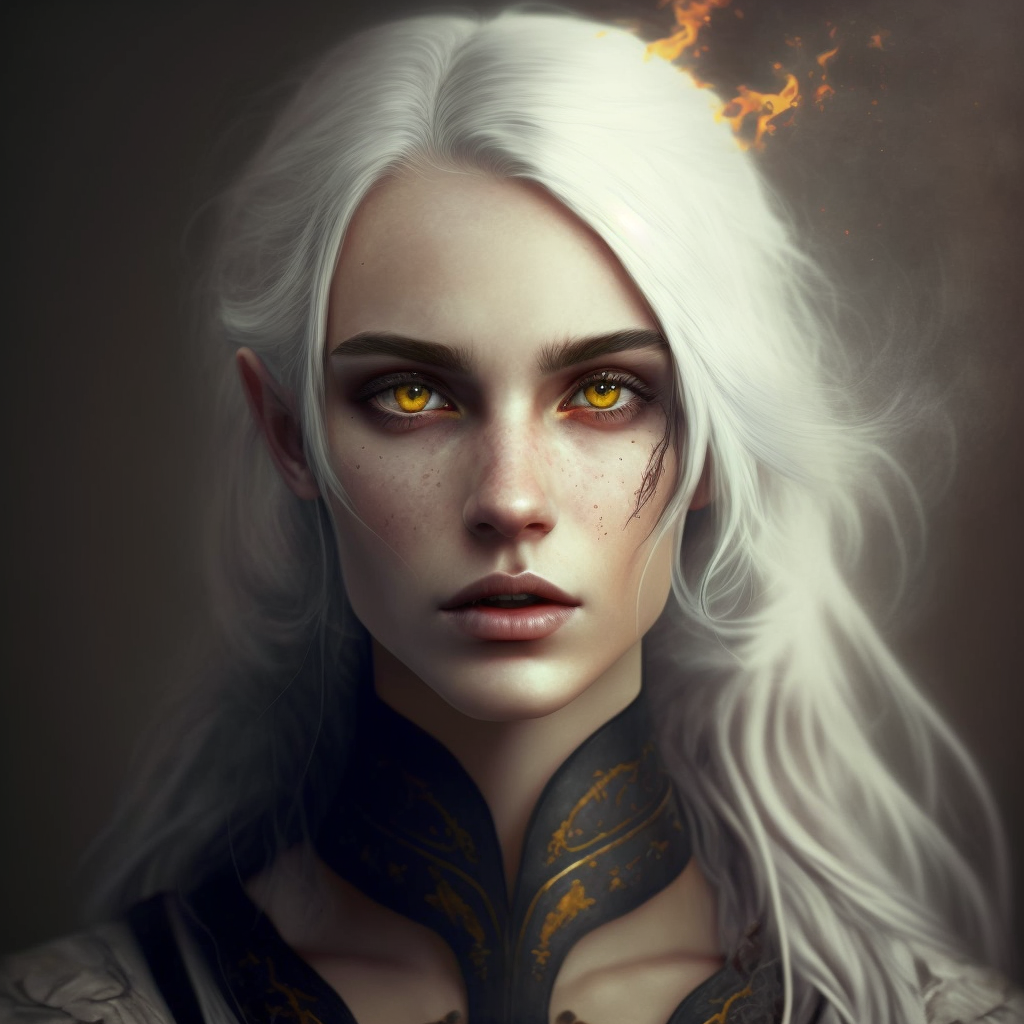
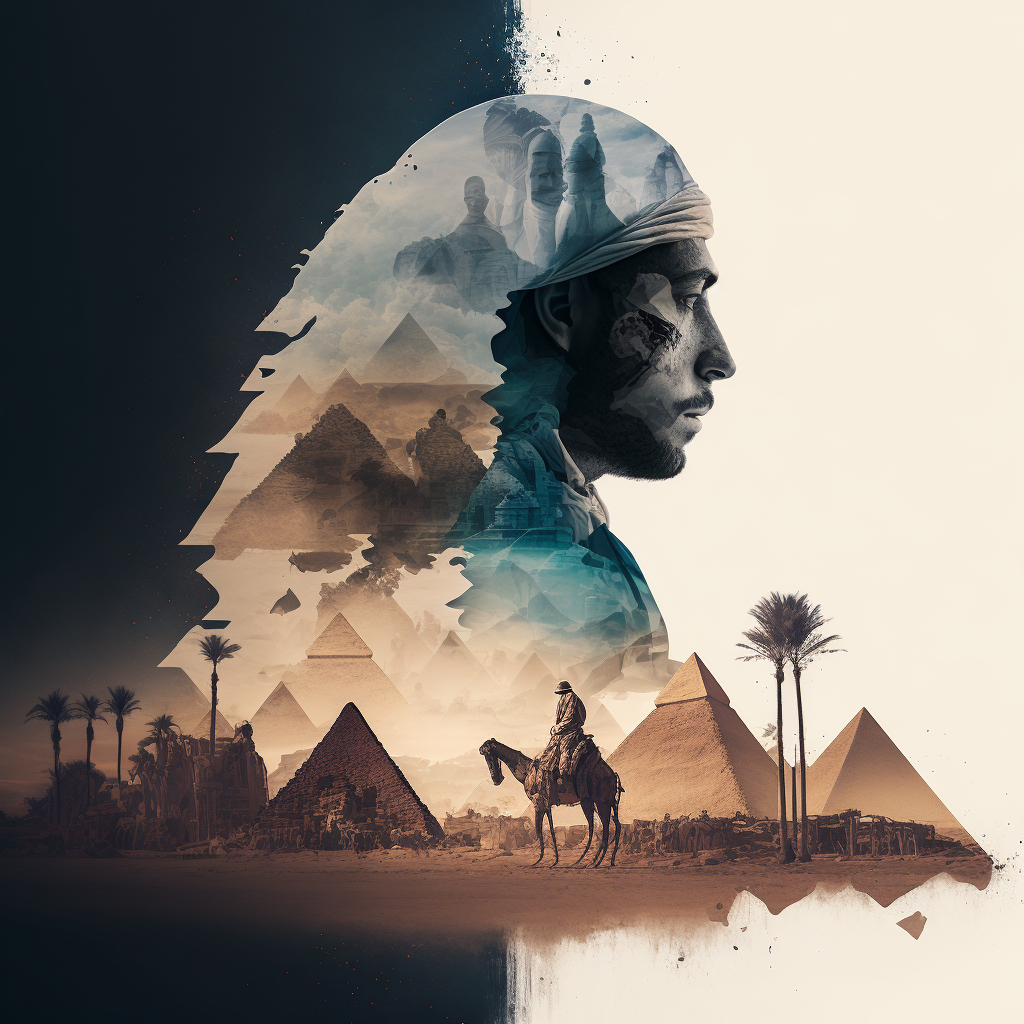
0 reacties